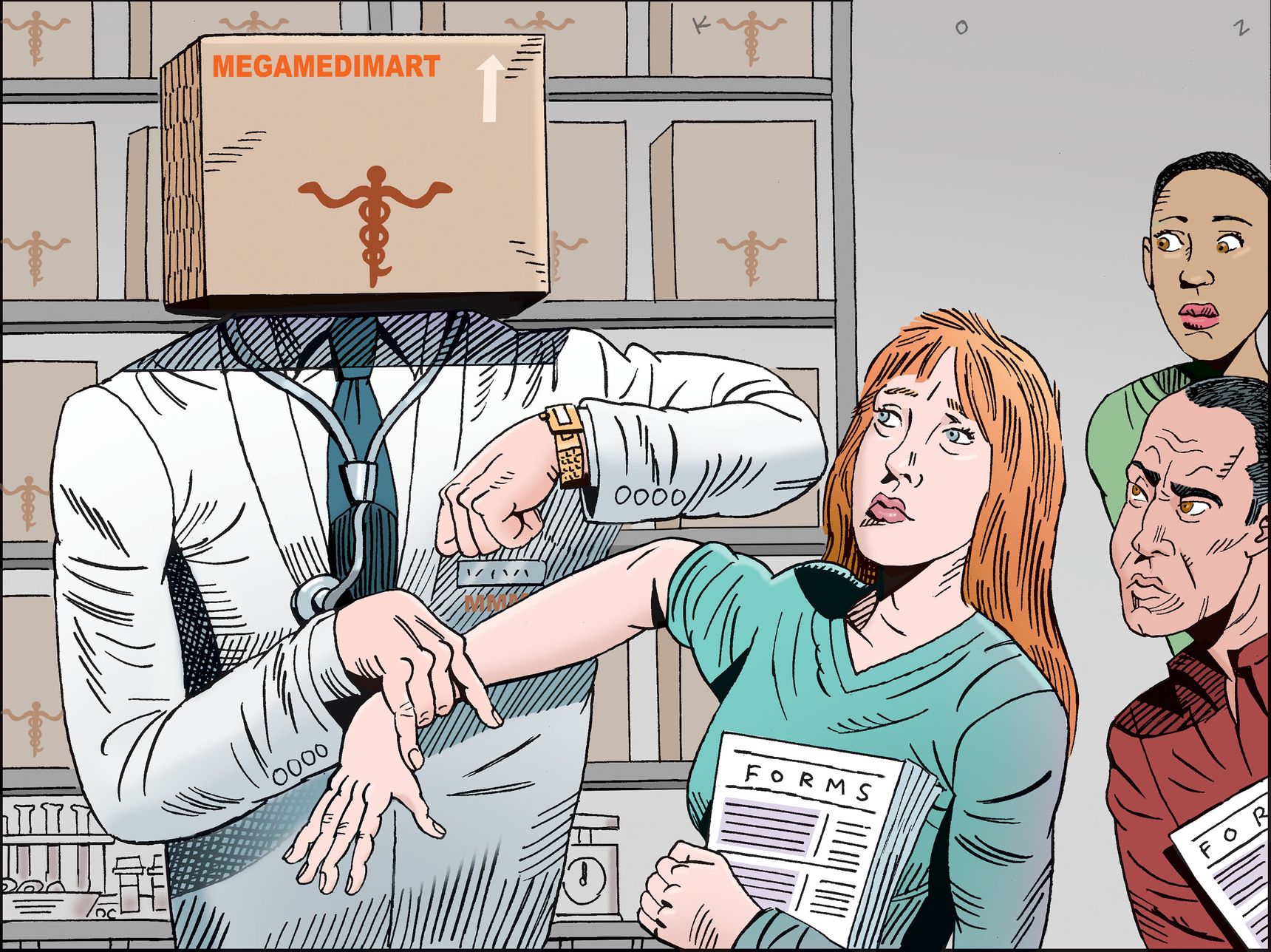

I have been sent this article by the Wall Street Journal by more than a few people. I get the WSJ so I already knew about it. This is the link but it may be behind a paywall for you. Here are the highlights:
- In 1983, more than 75% of physicians owned their own practices, according to American Medical Association physician surveys. By 2018 that figure had dropped to 46%. Many practices have been purchased by hospitals or have merged to form larger clinics, while local hospitals have been subsumed into large health systems. Consolidation is the trend. An AMA report earlier this year found that for the first time, less than half of doctors work in private practices.
- The shift from the small doctor’s office to big-box medical care can be attributed to many factors
- Kathleen Blake, AMA’s vice president of healthcare quality, earlier this year cited studies showing that hospital acquisitions of private practices—which doubled from 2012 to 2018—have led to “modestly worse patient experiences and no significant changes in readmission or mortality rates.”
- Unlike the book business, however, the replacement of the small doctor’s office with large-scale facilities hasn’t made medicine cheaper or access to it easier. It threatens to remove a core advantage of the small, privately owned practice: the sense of personal, immediate responsibility between physician and patient.
Yup, that was about it. No great answers. Oh wait, there is this:
In April 2021, the group launched a new initiative to support private practices.
Really, AMA? od luck with that. I’ll save my money from going into your coffers.
Now I wonder if the author could have mentioned a solution to this mess? I don’t know, maybe….